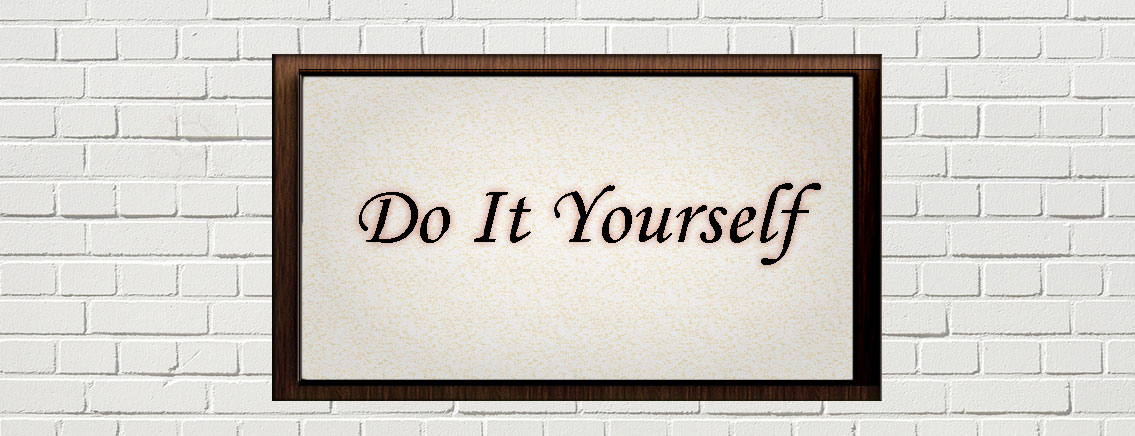Has your bathroom faucet seen better days? Whether it leaks or it’s just plain ugly, a new faucet may be in order. If the project seems daunting and you’re not a plumber, don’t despair. Replacing your bathroom faucet doesn’t take a lot of time or money, especially when you follow these tips for installing a bathroom faucet.
Before you begin, you’ll need to figure out what type of faucet to buy: single hole, center-set, widespread mount or wall mount. You should choose a finish that matches the other hardware in the room, unless you plan to update all the hardware. Most sinks have three holes to accommodate a center spout and two valves on either side that the handles attach to. The distance between the holes will determine what size faucet will fit on the sink.
This will help you determine which type of fixture to choose.
When you’re ready to begin, turn off the water supply. Most likely, the valves are located under the sink. If they aren’t, turn off the water at the main valve. Finally, turn on the faucet to relieve water pressure left in the lines. You will then want to disconnect the supply lines from the faucet (using a basin wrench) as well as the lift rod. Remove the nuts from under the faucet.
The next thing you’ll want to do is disconnect the drain. Get a bucket and put it underneath to catch any water in the trap and unscrew the slip nut on the P-trap. Disconnect the drain flange from the tailpiece by unscrewing it. Clean around faucet holes before the next step, which is to install the new faucet.
When installing the new faucet, follow the manufacturer’s instructions. If it’s not pre-assembled, you might have to attach the handles.
Other tips:
Gather all necessary tools and supplies before beginning your project.
Don’t over-tighten bolts, especially if you have porcelain sink. It could crack.
Use vinegar or an acid cleaner to remove water deposits on the sink before installing your new faucet.
For step-by-step instructions on replacing your faucet, check out this comprehensive article which includes illustrations.
Recently I shared Jessica Jones’ plans to breathe new life into her old fireplace by using Fasade panels. The graphic and textile designer, and blogger behind “How About Orange,” just wasn’t feeling the “spinach dip” green tiles that fronted her [non-working] fireplace.
Up for a change, and always up for a DIY project, Jones chose our Fasade Traditional 6 style panels in the Brushed Nickel finish.
“I chose from the traditional category to match the look of the mantel, and selected the pattern with the smallest repeat so that more than one square would show along the sides of the fireplace cover,” she explains.
Jones details the prep, planning and installation process in this blog post, which gives some helpful hints for anyone about to undertake this project. (To clarify, as Jones does, her fireplace is a non-working unit. So it’s OK to use these plastic panels in a such a fashion. Ordinarily, though, they should not be used around heat sources.)
We think you’ll agree from the “after” photo of her beautiful new fireplace that she did an excellent job on this project.
Let us know what you think in the comments!
If your garage floor looks like a Jackson Pollock painting from all the stains that have settled in over the years, don’t despair. You can remove unsightly oil stains over a weekend. Here we’ll learn how to get stains out of concrete — all you need are a couple of easy-to-find materials and a little bit of muscle to get it looking like new again.
Concrete is a porous material so it’s best to try and remove a spot as quickly as you can. If the spill is still wet, try and soak up as much of the liquid as possible with paper towels. Don’t rub, as the liquid can settle in and do more harm than good.
For older oil stains, there are different schools of thought on what type of solution to use. Trisodium phosphate, or TSP, seems to work well. After protecting your eyes and donning gloves, get a bucket and mix 1 oz. of TSP with water and an absorbent material like talcum powder, or follow the specific directions on the bottle.
Test
Once the solution has been mixed, do a test on an inconspicuous area because some cleaners can leave a different type of stain. Spread the paste onto the stain. Use a stiff, wire brush to scrub the stain. The mixture will soak into the concrete, capture the oil and bring it to the surface. Next, sprinkle cat litter or diatomaceous earth over the stain to pull more out. Note: you will have to crush the kitty litter into the concrete for it to work as an absorbent. See how here, which compares different stain removal methods.
Scrape the residue away or sweep it up after about 15 minutes. Rinse the area with a hose or bucket of water. Stubborn stains may require additional applications, so you may need to repeat the process more than once.
Have a good way to remove stubborn stains from concrete? Please share it in the comments!

